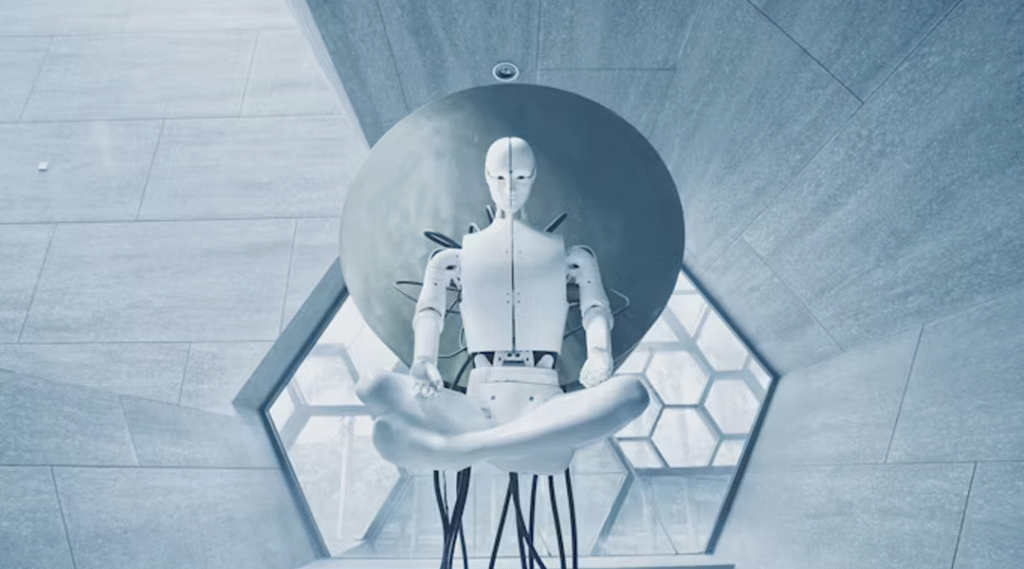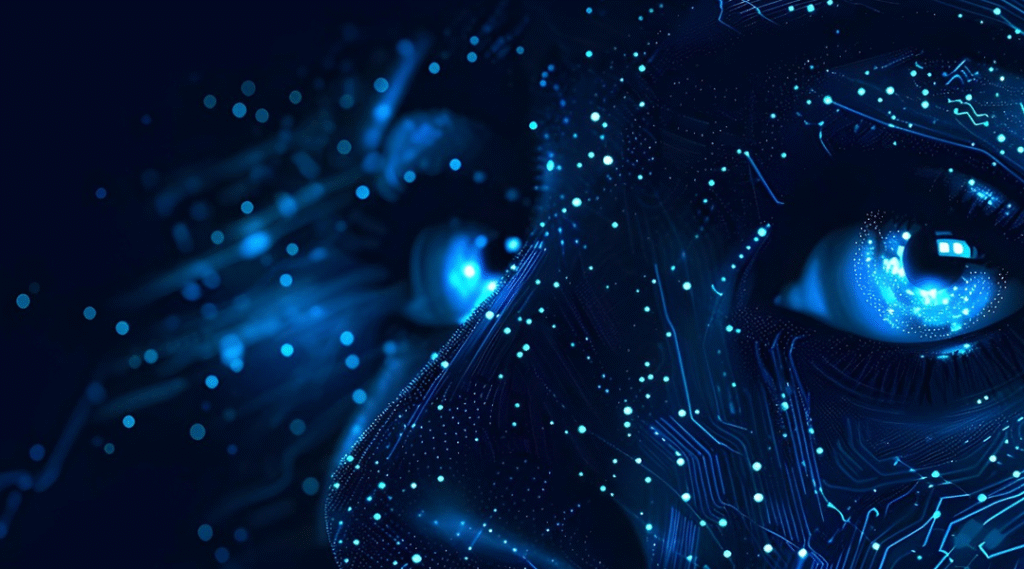As robotics strides beyond isolated factory cells into dynamic real‑world environments—warehouses, hospitals, farms, and even our homes—the convergence of smart IoT, 5G connectivity, cloud computing, and artificial intelligence is unlocking unprecedented capabilities. Each technology brings unique strengths: IoT provides the sensory fabric, 5G delivers ultra‑reliable low‑latency links, cloud platforms supply near‑infinite compute and storage, and AI imparts decision‑making prowess. Together, they form an ecosystem in which fleets of intelligent robots can operate seamlessly, adapt in real time, and scale rapidly.
1. Smart IoT: The Sensory Nervous System
At the core of any robust robotic deployment lies a dense network of sensors—temperature probes, lidar, cameras, force‑torque detectors, and environmental monitors—that constitute the Internet of Things. By instrumenting factory floors, hospital wards, or agricultural fields with IoT endpoints, robots gain situational awareness: they perceive obstacles, track inventory in real time, and monitor patient vitals for responsive assistance. Crucially, these devices leverage standardized protocols (MQTT, OPC UA) to ensure interoperability across vendors and enable plug‑and‑play expansions as robotic fleets grow.
2. 5G: The Nervous System’s Highways
Conventional Wi‑Fi or wired Ethernet can introduce unpredictable latency and coverage gaps—unacceptable for time‑sensitive robotic control. Enter 5G: with millisecond‑level latency, network slicing, and massive machine‑type communication (mMTC), 5G can guarantee the bandwidth and reliability that mobile robots demand. For example, autonomous guided vehicles (AGVs) in a smart warehouse can negotiate aisle traffic in real time, offloading high‑definition video streams to edge servers for collision avoidance without dropping frames. 5G’s enhanced mobile broadband (eMBB) also supports over‑the‑air software updates, allowing robots to download new AI models or safety patches without returning to a home dock.
3. Cloud Computing: The Central Brain
While individual robots often carry onboard processors (e.g., NVIDIA Jetson, Intel Movidius), the computational weight of large‑scale path planning, multi‑robot coordination, and historical data analytics is best handled in the cloud. Platforms like AWS RoboMaker or Azure Robotics allow developers to simulate thousands of robot interactions in virtual environments, then deploy optimized controllers to the field. Cloud databases aggregate telemetry from global fleets—battery performance, motor wear, and usage patterns—enabling predictive maintenance models that maximize uptime. Moreover, cloud‑native microservices architectures facilitate continuous integration and deployment (CI/CD) of robotics applications, so improvements in AI algorithms can be rolled out instantly.
4. AI: The Decision‑Making Cortex
Artificial intelligence transforms raw sensor feeds and historical logs into actionable insights. Deep‑learning models trained on diverse environments enable vision systems to recognize parts, detect humans, and classify floor markings with high accuracy. Reinforcement‑learning agents can optimize grasping strategies for previously unseen objects. Natural‑language‑processing modules allow service robots to interpret voice commands and engage in simple dialogues. Crucially, hybrid architectures combine on‑device inference for safety‑critical reflexes (e.g., obstacle avoidance) with cloud‑based training for long‑term policy refinement, striking a balance between responsiveness and sophistication.
5. Synergistic Integration: From Silos to Symphony
Individually, each technology offers power; together, they deliver transformation. Consider a hospital delivery robot: IoT sensors in medicine cabinets detect stock levels and ambient conditions; the robot’s 5G link streams patient‑room maps for dynamic rerouting; cloud services compute optimized delivery schedules across dozens of wards; and AI modules handle door‑opening, elevator‑calling, and basic patient queries. This orchestrated workflow reduces human workload, accelerates critical deliveries, and ensures constant adaptability to emergencies.
Key enablers of this synergy include:
- Edge‑to‑Cloud Continuum: Intelligent orchestration platforms decide which workloads run locally (for latency) and which execute in the cloud (for scale).
- Unified Data Pipelines: Standardized schemas and message buses ensure that data from IoT devices, robots, and enterprise systems can be merged and analyzed holistically.
- Security and Compliance: End‑to‑end encryption, network segmentation, and identity‑based access control protect sensitive data—from patient records to proprietary warehouse layouts—across every tier.
6. Looking Ahead: Trends Shaping the Robot World
- Digital Twins: High‑fidelity virtual replicas of physical environments will enable “what‑if” testing of robot behaviors before live deployment.
- Swarm Robotics: Coordinated multi‑robot teams will tackle large‑scale tasks—harvesting fields, warehouse sorting, or search‑and‑rescue—by sharing state over 5G slices.
- AI‑Driven Auto‑Tuning: Self‑optimizing systems will adjust robot control parameters in real time based on energy use, wear analytics, and environmental changes.
- Robotics-as-a‑Service (RaaS): Subscription models will lower entry barriers, allowing businesses to scale robot fleets without heavy capital expenditures.
A Robot‑Powered World
By weaving together smart IoT sensors, 5G’s real‑time connectivity, cloud computing’s elastic horsepower, and AI’s decision‑making intelligence, we are on the cusp of a robot‑powered world that is resilient, responsive, and remarkably scalable. As these core technologies mature and integrate more deeply, tomorrow’s robots will not merely perform discrete tasks—they will collaborate, learn, and evolve as integral members of our homes, workplaces, and cities.
As for more articles about Robotics, please read:
From Fiction to Reality: Could “I, Robot” Unfold in Our AI-Driven Future?
Competing the Skies: Deep Analysis of Major Drone Players’ Advantages and Disadvantages
Connected Intelligence: How Smart IoT Technologies Underpin the Future of Robotics
Humanoid Robotics Face-Off: Assessing Tesla Optimus and Its Top Competitors
The Convergence of AI, 5G, and Smart IoT: Shaping the Future of Urban Traffic Management
As for in-depth insight articles about AI tech, please visit our AI Tech Category here.
As for in-depth insight articles about Auto Tech, please visit our Auto Tech Category here.
As for in-depth insight articles about Smart IoT, please visit our Smart IoT Category here.
As for in-depth insight articles about Energy, please visit our Energy Category here.
If you want to save time for high-quality reading, please visit our Editors’ Pick here.



